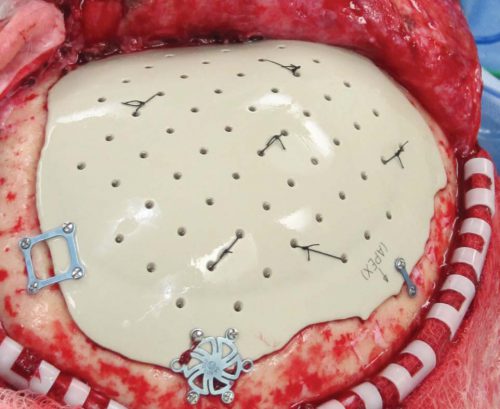The reality is that 90% of injuries are minor and can be treated at any hospital. A minority of patients actually have issues that require transfer to a higher-level trauma center. Physical examination can certainly help determine who some of those patients are. Think obvious open fracture or severe brain injury at a hospital without key specialists to care for them.
But not all injuries are that obvious. Imaging techniques are the next step to identifying injuries that would require transfer. The question is, how much imaging is appropriate?
A few hospitals are selective about it. But many proceed with a comprehensive battery of scans and x-rays. Some believe that their receiving trauma center expects it. And a few may be doing it for the money, unfortunately. So who is right?
There are three issues at play: time, accuracy, and radiation exposure. Let’s pick them apart.
Time. It takes time to get radiographic studies. Depending on the number obtained, it can take up to 90 minutes. A study looking at transfers from rural hospitals to a regional trauma center in Wisconsin found that the median time to transfer significantly in-creased from 67 to 140 minutes with the addition of even a single CT scan.
This issue appears to be even more of a problem in children. A group at Cincinnati Children’s Hospital studied the characteristics of children who experienced prolonged transfer times to a Level I pediatric trauma center. They reviewed 5 years of registry data, looking at time of injury to time of arrival at their center. The State of Ohio has a goal of a maximum 2-hour transfer time.
And here are the factoids:
- 748 patients were included in the study, and the demographics were predictable (65%male, 97% blunt)
- 25% were more severely injured (ISS > 15)
- The majority of the patients (82%) arrived well after the 2-hour goal (7 hrs!!)
- 79% of patients with high ISS and 47% of those with severe TBI arrived late (!!)
- Transfer tardiness did not correlate with distance, and was only slightly improved when a helicopter was used
- Significantly more CT scans were obtained in the late transfer group (49% vs 23%), and appeared to have no correlation with GCS or vital signs. There was, however, a significant correlation with private insurance.
- Half of the children with scans arrived without results or had suboptimal imaging, resulting in repeat scans in about one third.
Accuracy and radiation exposure. These two factors are inextricably linked because inaccuracy begets additional imaging. As noted in the previous study, radiology results are frequently lacking, or the studies are not done well, as determined by the receiving center. This means that inaccurate results, or no results at all, are available after transfer. How much of a problem is this?
The Level I center at UC Davis looked at all incoming trauma transfers that had any CT imaging done prior. Of 370 patients, one quarter needed repeat scans. Most common were head scans (47%) and cervical spine (20%). The most common reasons for repetition were referring hospital scan not available (42%) (not sent, couldn’t open) and insufficient quality (20%). This resulted in significant additional radiation exposure, with 4% of patients receiving more than 10mSv!
Bottom line: Imaging prior to transfer definitely increases time to transfer and frequently results in repeat imaging and more radiation exposure. So why does it happen? Sometimes, it’s the mistaken belief that it will save time after transfer. Not the case. Or there is time left before the transport ambulance or helicopter arrives, so why not use it? Not a good reason, and it may delay the transfer team if they arrive early. Or the receiving trauma center “expects it.” Not if they’ve looked at any of these papers!
The best approach is to order only images that will guide your therapy. A chest x-ray on arrival or after intubation. A pelvic x-ray to determine if a binder should be applied. A CT of the abdomen to see if there are any injuries that can’t be taken care of at your hospital. As a general rule, once you have found an injury your hospital can’t treat, or have made the decision to transfer for any other reason, no additional imaging is indicated!
References:
- Consequences of increased use of computed tomography imaging for trauma patients in rural referring hospitals prior to transfer to a regional trauma centre. Injury 45:835-839, 2014.
- Unnecessary imaging, not hospital distance, or transportation mode impacts delays in the transfer of injured children. Pediatric Emerg Care 26(7):481-486, 2010.
- Rate and Reasons for Repeat CT Scanning in Transferred Trauma Patients. Am Surg 83(5):465-569, 2017.



